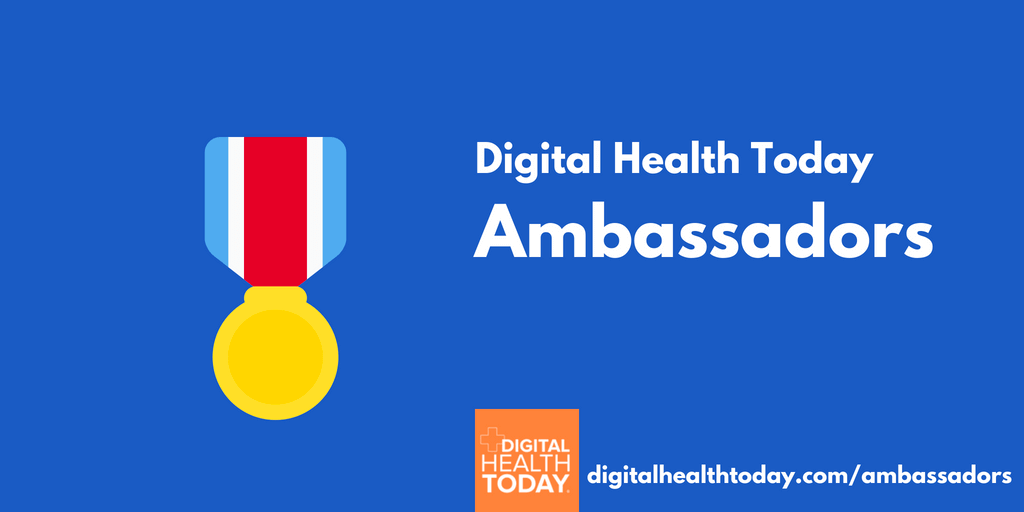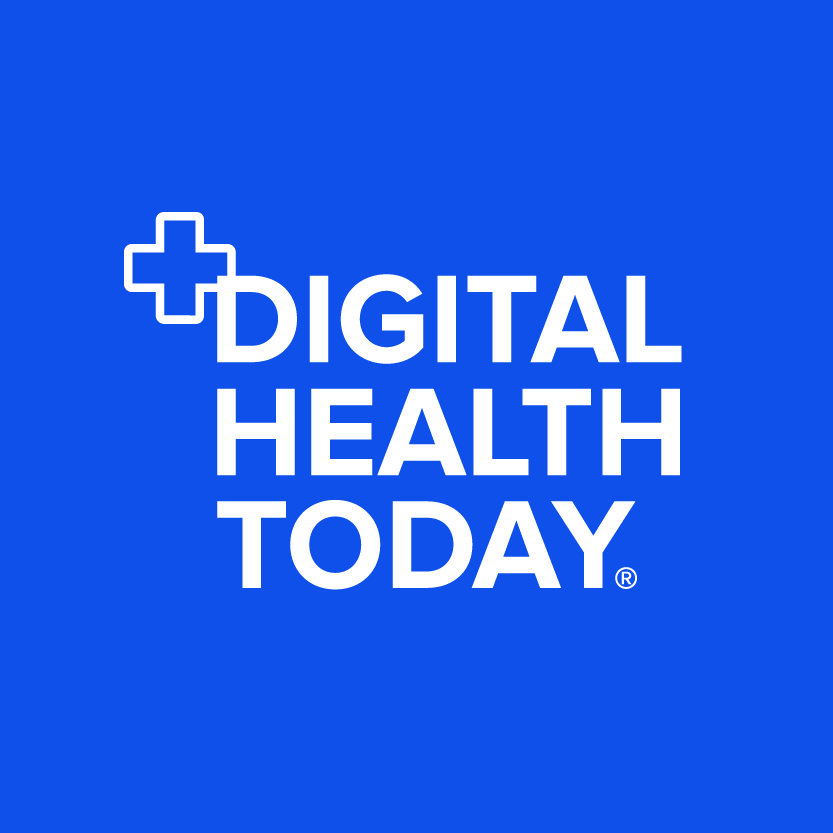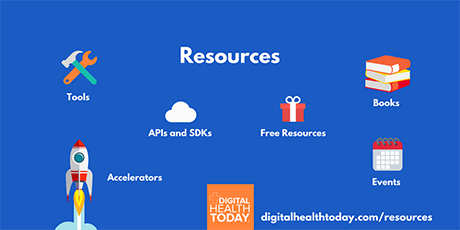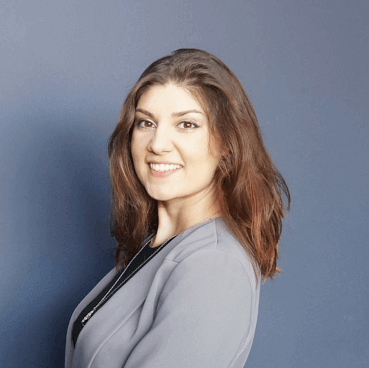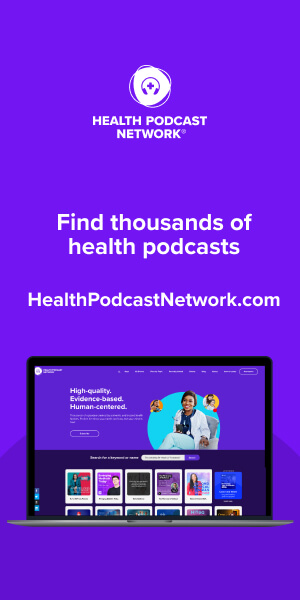At this year’s VIVE conference, I had the opportunity to sit down with Jennifer Goldsack, CEO at the Digital Medicine Socity (DiMe), Santosh Mohan, VP of Digital at Moffitt Cancer Center, and Stephen Konya, Senior Advisor and Innovation Portfolio Lead at HHS – ONC and chat about the new initiative – CancerX!
What are the biggest reimbursement challenges in the oncology space today? How do these challenges and/or the lack of reimbursement hinder equity?
Jennifer:
In order to truly care for an individual with cancer, we need to go beyond contemplating just patients’ clinical care. We know that there are stories whereby someone’s child is diagnosed with cancer and they end up selling their house and sleeping in their car outside of the Cancer Center in order to access care. That isn’t contemplated by a CPT code. There are costs that we don’t see.

When I consider what we can do through digital innovation and what we are committed to doing through CancerX is contemplating the entire patient journey. Can we intervene as early as possible? Can we build care around the person, the patient, and not the clinic? Can we make sure that every single individual has access to the right care at the right time? Unfortunately, in cancer when that care doesn’t exist yet, can we get them onto a clinical trial regardless of whether they live near an academic medical center or an NCI center of excellence? That is what we are committed to do through CancerX.
Santosh:
There are new models coming up. However, even in current state today, there are still challenges. Remote patient monitoring is still not fully built out. Hospital-at-home programs, especially for oncology, are still in very early stages. There is a lot of potential and promise with digital therapeutics, but not all reimbursement mechanisms have been put into place. There are lots of ways technology can help, but there is still a long way to go.
What are the biggest data challenges in oncology today? How does the lack of data affect the equity of care delivery in the space? How have you worked around or through these data barriers?
Stephen:
We just announced another public private partnership that is focused on data and standardization. It’s called CC-DIRECT and it is focused on a pediatric oncology use case. It is focused on making sure data is accessible even when we don’t have interoperability due to a lack of standards. Everything that ONC does is focused on making sure we have solid data standards. For example, APIs are available now from payers and providers. The problem is, if the data is not already in a standardized format, it doesn’t matter if there is API access to it. There are too many complications on the back end to generate insights and extract something meaningful that will help patients.
Santosh:
It’s a maturity journey. Whether it’s the maturity of standards themselves or internally for us, being able to mature our architecture to extract data from medical records, apply new technologies like natural language processing, and train models to support precision oncology, there is a lot of work that needs to be done to get us there.
What I am most excited about is how we are making that data transparent to the consumer. One of the things we do is publish outcomes on our website so that patients can see how we are doing compared to the rest of the organizations in the country with respect to cancer outcomes. This allows them to make informed choices about where to seek care. That matters because we don’t have that level of transparency today.
Even as we are maturing with how we extract data from records, train new models, make informed decisions at the point of care the decisions, flow that data into our care pathways, that data decisions into our care pathways, etc. Ultimately, it comes down to what are we doing for the patients? That is why transparency is something that we are excited about.
Jennifer:
Cancer is defined as the most data rich therapeutic area. It relies on so many different types of data in order to inform diagnostic and treatment optimization. We rely on pathology, labs, imaging and increasingly, we are relying on digital health technologies. All of these inputs need to come together.
We haven’t been able to take that data and allow the expertise that lies within centers of excellence to be translated into other settings. The digitization of healthcare is about the flow of data in ways that it hasn’t been able to before. The next frontier in this data rich environment is to support better clinical decisions. Turning data into information and then into decisions that actually improve the lives of people. This is why we are doing this.
Who are the other key stakeholders that should be held accountable and that can help drive progress in the space? How can we hold them accountable?
Jennifer:
If we make this a single stakeholder problem, we’re destined to fail. That’s why CancerX is structured as it is. It has to be a true partnership between industry and government. We need the innovators, the investors, the providers, etc.
We have to be thinking about the patient groups themselves so that we have a deep understanding of the problem we are trying to solve for. To develop culturally appropriate solutions that work for every person that is affected by cancer.
It is challenging. If it is everyone’s responsibility, it is no one’s responsibility. That is why CancerX is important. We are willing to take responsibility for the outcomes by convening all of the stakeholders necessary in a warm, open, and collaborative environment. Absent that we don’t believe we can be successful, but that is why we are so committed to moving forward aggressively in this work. It’s not talking points. It’s commitment.
We are supported by the goals of the reignited Cancer Moonshot. It is not about how many conversations we have, and it is not about how many white papers we can produce. It is about the size of the dent we can make in the goals we have set and we are absolutely committed to doing everything we can in this space to hit those goals.
Anything else you’d like to add regarding the impact of this work on health equity?
Stephen:
We are really proud of the PandemicX Accelerator. We focused on health equity by design being factored in at every stage of the program. We want to build on that and incorporate that into the design of the CancerX Accelerator program. Working with the steering committee and our partners to help us define what that means. Some examples of what we did in the last accelerator include:
- We made sure that all the application reviewers had to go through anti-bias training before they even touched an application and scored it. We wanted to make sure that they are truly evaluating the quality of the application based on the quality of the idea and the solution.
- We factored equity into the scoring criteria. We asked how the innovators were factoring health equity into the building of their solution and how they are designing their solution to meet the needs of certain communities and populations that historically haven’t had solutions built for them. That way we plant the seed for innovators to build solutions with equity in mind right from the very start and not reconfigure their solutions after the fact or add equity on later as a nice PR thing.
- We made sure to have metrics to measure the impact and success. For example, are we seeing an increase in solutions that are reaching different populations? Are we seeing an uptick in percentage of solutions being built by people that come from those communities? It is critical for us to factor equity into every single part of the design of this accelerator.
- Last, making sure we have truly representative data for innovators to build their solutions with. There are a lot of organizations donating data to help innovators build solutions and test them. Many of these organizations are committed to advancing diversity, equity, and inclusion in health innovation. You can read more at together.health.
Jennifer:
Equity isn’t just a pillar in this work. It cuts across all of our efforts as part of this initiative. It is table stakes in this work. Especially when it comes to innovation, we are not interested if it is only advancing things for the folks who already have reasonably good access to care.
This entire entity was constructed to give as many different opportunities for people to participate and bring their expertise and their passion to bear in pursuit of our shared goals. This is a team sport, it might even be a contact sport. Come dive in with us.
If you could change one thing about healthcare, what would it be?
Stephen:
Cost transparency. Especially in cancer. The fact that people go get care and don’t know what it’ll cost until after they’ve had a procedure is incredibly problematic.
Santosh:
Get rid of stupid stuff that patients have to put up with. There is enough going on in patient’s lives… emotionally, physically, financially. For example, it is a nightmare to coordinate the logistics of getting care and finding an appointment. In what world is this acceptable?
Jennifer:
I want to redefine what good healthcare is. Right now, we have a model where we sit in the clinic, waiting for people to present sick at our doorstep and then we evaluate healthcare by how good we are taking care of that person from that point on. I would love to redefine healthcare by how good we are at keeping people out of the clinic. The digitization of healthcare allows us to do this now. Moving away from a sick care system to a healthcare system is possible. There’s an imperative for us to think like this.
Stephen:
Cost transparency. Especially in cancer. The fact that people go get care and don’t know what it’ll cost until after they’ve had a procedure is incredibly problematic.
Santosh:
Get rid of stupid stuff that patients have to put up with. There is enough going on in patient’s lives… emotionally, physically, financially. For example, it is a nightmare to coordinate the logistics of getting care and finding an appointment. In what world is this acceptable?
Jennifer:
I want to redefine what good healthcare is. Right now, we have a model where we sit in the clinic, waiting for people to present sick at our doorstep and then we evaluate healthcare by how good we are taking care of that person from that point on. I would love to redefine healthcare by how good we are at keeping people out of the clinic. The digitization of healthcare allows us to do this now. Moving away from a sick care system to a healthcare system is possible. There’s an imperative for us to think like this.

